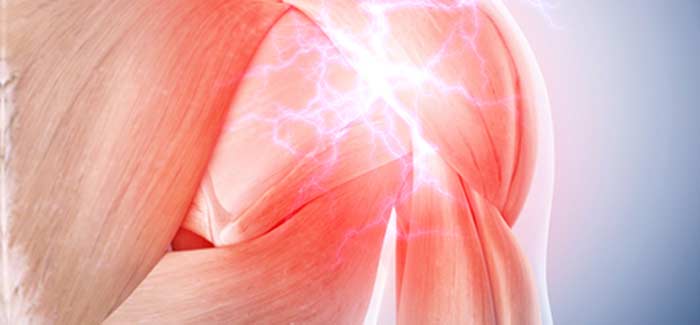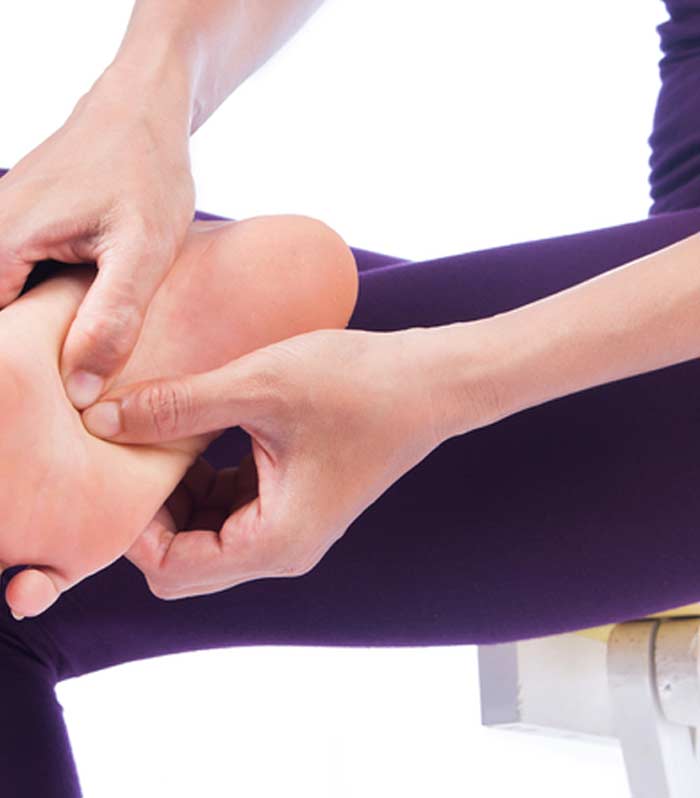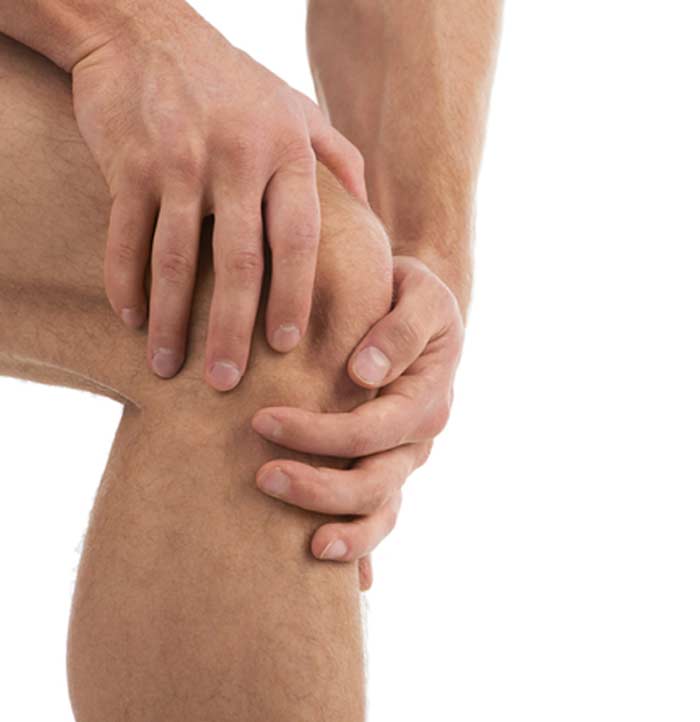
Tendonitis occurs when a tendon in the body is either irritated or inflamed.
There are multiple tendons, and all can experience this condition. Tendons are a type of fibrous tissue that is thick and connects bones to muscles. The areas of the body where this condition is the most common include the shoulders, wrists, heels, elbows, and knees.
Causes
Where the bone and tendon attach to each other is typically where the symptoms occur. When this condition is present, the following symptoms are possible:
- Tenderness in the affected area
- Pain that typically presents as a dull ache, especially when the affected joint is moved
- Mild swelling
Symptoms
A sudden injury might cause tendonitis. However, it usually results from using a specific tendon repeatedly via repetitive motion. The risk is higher when someone is using improper movements or form, such as when exercising or lifting heavy items. When someone is using improper movements or form, the tendon can become overloaded, creating the ideal environment for tendonitis. The following are possible risk factors for this condition:


- Being older since aging can make tendons less flexible
- Playing certain sports due to repetitive motion, such as baseball, tennis and golf
- Certain occupations that involve repetitive motions, frequent overhead reaching, forceful exertion, awkward positions and vibration
Diagnosis
In most cases, the doctor will just need to do a physical examination to make an accurate diagnosis. However, when the diagnosis is not clear, they might order some imaging tests to get a better look at the patient’s anatomy.
Treatment
Reducing inflammation and pain are the primary goals when it comes to treating tendonitis. Many patients will recover by resting, icing, elevating and compressing the affected tendon. If the pain is still bothersome, doctors may recommend medications. These may include:
- Pain relievers can be used to reduce pain. Non-steroidal anti-inflammatory drugs are often ideal since they also relieve inflammation. Those who cannot take these medicines may benefit from acetaminophen.
- Injecting a corticosteroid directly into the affected tendon can be helpful to ease inflammation, swelling and pain.
- Platelet-rich plasma is another option that uses the patient’s own blood and plasma. It is spun and separated, then injected into the affected tendon.
Once the acute pain and swelling subside, doctors might recommend physical therapy. This can promote healing and reduce the risk of tendonitis in the future. The purpose is to strengthen and stretch the tendon and other nearby soft tissues.
If medications and physical therapy do not provide relief, there are certain surgical procedures that might be considered:
- Ultrasonic treatment uses ultrasonic sound waves to remove scar tissue affecting the tendon.
- Dry needling may help to stimulate healing by putting small holes in the tendon.
- In the most severe cases, such as when the tendon rips away from the bone, surgery might be needed to repair it.
After healing from tendonitis, it is important to take the right preventative measures to prevent it from happening again. Start slow with training, and always cooldown and warmup thoroughly. Build flexibility and strength gradually. It is also important to use the right form when exercising.
